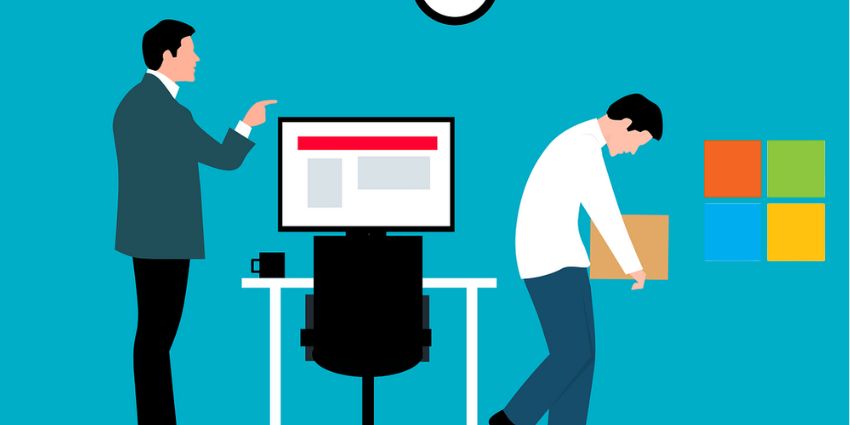Working from home has entered the mainstream as organisations seek to protect workers during the COVID-19 pandemic. However, the rapid responses of the first wave now need to be augmented and strengthened as at least partial home working looks set to become standard for many. In-person interaction is unlikely to ever be fully replaced by home working but technologies, systems, support mechanisms, infrastructure and equipment must all be put in place to maximise productivity and worker happiness.
No longer having a full cohort of employees working from the office makes employee engagement more of a challenge. Ensuring their safety and happiness becomes more of a challenge. Employee productivity and engagement has long been on the minds of corporate leaders as they seek to get the very best from their employees. Long before employees were sent to their at-home workspaces and conducting meetings over RingCentral, organisations focused on employee engagement as a way to increase employee productivity.
While these programmes do indeed pay dividends and research has shown that engaged employees are 21% more productive than those that are not engaged, companies still have a long way to go. A study conducted by VoucherCloud in the UK found that the average UK worker is only productive for two hours and 53 minutes per day in a typical eight-hour workday. Other activities including checking social media, reading news sites and engaging with colleagues diminish productivity and it’s obvious that the home environment provides even more opportunity for distraction.
Employees don’t necessarily see working from home as an opportunity to take advantage of their employers. In fact, for many, the opposite is true and studies have shown that over the last six months of going virtual, the average workday has increased by two to three hours per day. In spite of this, it is clear that the long-term effects will be different to the short-term impacts. Businesses, therefore, need to have a strategy to keep productivity and engagement high in the long-term as remote working plays a much larger role in work patterns.
Distinctions Between Home and Work
Therefore, in addition to great technology, clear demarcations between home and work are required so work does not become an unproductive mission creep. Boundaries are important and should be promoted by leaders so work is clearly defined and recognised and downtime is protected and even enforced.
A day that is jam-packed with meetings makes it easy to fall into the trap of being all about business and getting tasks completed. However, this runs the risk of losing the human element and contributing to burn out. At the same time, isolation in home working is a significant and growing issue so it’s important to focus on human interactions.
The next time you get on a video conference, be intentional by asking everyone how they are doing. A small step like this that gives people the space to open up about what they are experiencing and provides a chance to connect and share before getting down to work.
Working from home version 2.0 is more carefully-considered but it needs rules and processes to ensure productivity is maintained but also that there are clear lines between life and work and that the warmth and richness of face-to-face experiences is replicated in the virtual world. RingCentral has the technology to help achieve this, and businesses should assess how to support their people in using it to the best effect.







